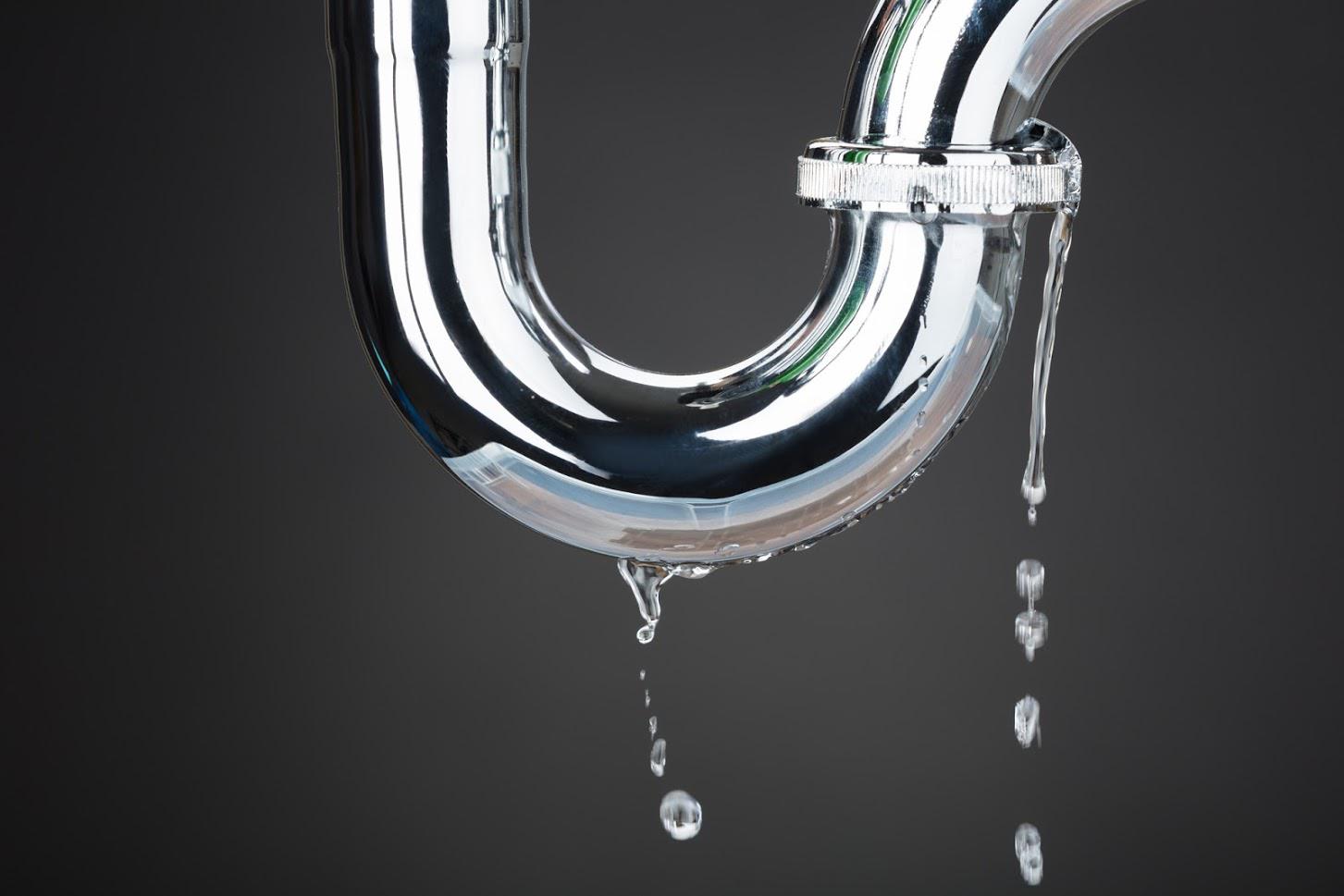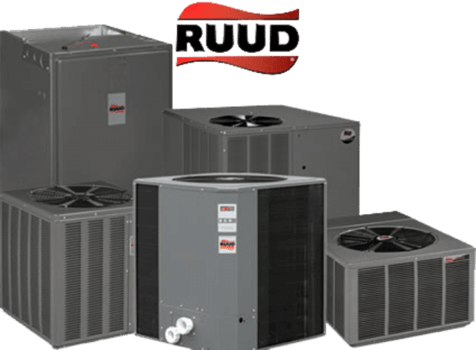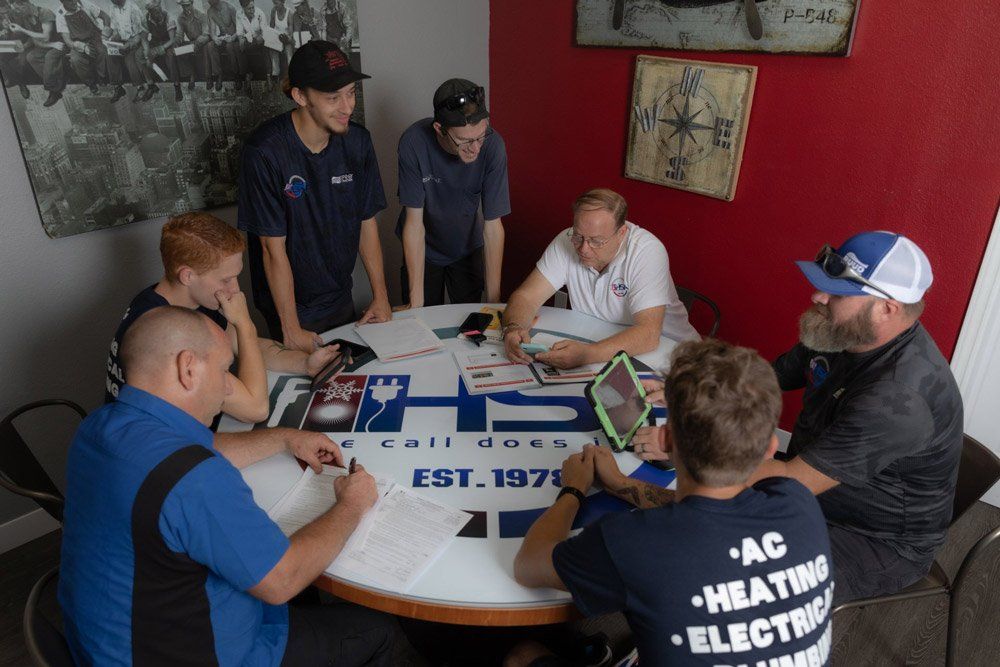3 Signs of a Hidden Water Leak in Your Home

Water leaks can lead to mold growth, water damage and rot, and higher water bills. Often, these leaks hide inside your walls so you may not be aware of them until the damage has already occurred. It's a good idea to learn the signs of a potential leak so you can catch a problem earlier, before the leak has caused too much damage.
1. Water Usage
Water usage can vary seasonally in a household, but there are some methods you can use to determine whether the rise in usage is legitimate or the sign of a hidden water leak somewhere along the supply lines in your home.
High Bills
Your water bill is the first place you need to look. Examine the usage data from your current and past bills. In most homes, you will see a pattern with higher usage during the daytime and summer months. If the high usage seems to start in winter, when less water is typically used outdoors, or if you see usage at times when water should not be running, such as overnight, then you may have a hidden leak.
Meter Checks
A nearly foolproof way to spot a leak in a supply line is to perform a simple meter check. Turn off all water in your home, and then go check the meter dial. Some meters have a small flow indicator on the dial, which typically looks like a small red triangle. If the triangle is moving, you have a leak.
For meters without indicator, write down the numbers from the dial. Leave the water off for one hour then check the reading again. If it has increased, then there is a leak somewhere in your home.
2. Mold Damage
Mold damage is nothing to ignore because it can cause upper respiratory issues, affect allergies, and irritate asthma sufferers. Hidden leaks, from both drain lines and supply lines, can often lead to hidden mold problems, as well.
Musty Odors
Often the nose is the first way to recognize a potential mold problem. Musty odors, especially those that bring to mind wet cardboard or dirty socks, generally means there is a moisture leak somewhere in the home and that mold has begun to grow. Open cabinets and closets with known plumbing lines behind them and give a strong sniff, since leaks often hide in areas that are rarely accessed.
Visible Growth
Sometimes the mold growth shows in areas that are visible, but which you might not automatically associate with a water leak. For example, if a leak is in an upstairs bathroom, you may see a dark stain on the ceiling in the room below. Mold may even start to grow on the inside of a cabinet door, even though the leak is behind the cabinet wall, simply because of the increased moisture in the enclosed space.
If you find mold growing anywhere other than areas exposed to moisture, like shower walls, a leak check is needed to make sure there isn't a worse problem lurking in your walls.
3. Moisture Damage
Moisture damage can often hide in plain sight since it may not look like how you expect it to or it may appear in areas that are rarely inspected.
Under the Sink
The most common place for visible moisture damage to hide is beneath the sink or in a closet behind where a water line runs. Check inside closets and cabinets at least once a month. Look for damp wallboard or cabinet backings, warped wood, and water stains. Use your fingers as well as your eyes so you can feel for dampness as well as look for it.
Wallboard Issues
Whether you have plaster or sheetrock, moisture will cause damage. Sometimes the walls feel soft or water stains form. Often, the paint first begins to bubble. This bubbling is caused when moisture accumulates behind latex paint, which is the type of paint typically used on home interiors.
Wet wallboard must be removed and replaced, but only after the leak has been addressed.
Contact Henry's Service All for more help with your plumbing and HVAC needs.











